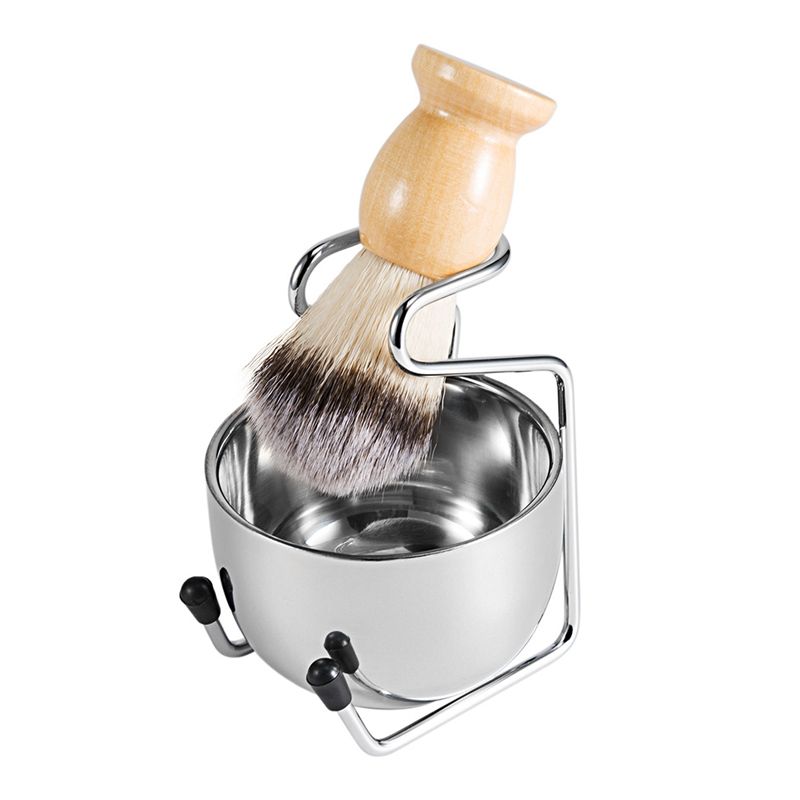

The Gauls are tall of body with rippling muscles and white of skin and their hair is blond, and not only naturally so for they also make it their practice by artificial means to increase the distinguishing colour which nature has given it. According to Diodorus Siculus, a Greek historian: The earliest document of the usage of moustaches (without the beard) can be traced to Iron Age Celts. Stone sculpture of a Gaul wearing a torc, with curled moustache and eyebrows, c. Thus, the density and thickness of the moustache or beard may help to convey androgen levels or age. Research done on this subject has noticed that the prevalence of moustaches and facial hair in general rise and fall according to the saturation of the marriage market. Īn individual wearing a moustache is said to be "moustached" or "moustachioed" (the latter often referring to a particularly large or bushy moustache). The word "moustache" is French, and is derived from the Italian mustaccio (14th century), dialectal mostaccio (16th century), from Medieval Latin mustacchium (eighth century), Medieval Greek μουστάκιον ( moustakion), attested in the ninth century, which ultimately originates as a diminutive of Hellenistic Greek μύσταξ ( mustax, mustak-), meaning "upper lip" or "facial hair", probably derived from Hellenistic Greek μύλλον ( mullon), "lip". Count Gaishi Nagaoka, Japanese officer and Vice Chief of the General Staff in Japan during the Russo-Japanese War. Moustaches have been worn in various styles throughout history. (n.d.).A moustache ( UK: / m ə ˈ s t ɑː ʃ/ American English: mustache, / ˈ m ʌ s t æ ʃ/) is a growth of facial hair grown above the upper lip and under the nose. What kids should know about how hair grows.Does shaving unwanted body hair make it grow back thicker and darker? Does shaving hair cause it to grow back faster, darker, and coarser? (n.d.).You can learn more about how we ensure our content is accurate and current by reading our editorial policy. Healthline has strict sourcing guidelines and relies on peer-reviewed studies, academic research institutions, and medical associations. It’s best to use a new razor each time you shave this part of your body.Īlso rinse off your razor with each stroke. Shaving the groin area also takes special care to prevent ingrown hairs, cuts, and other signs of irritation. You can also glide the razor from side to side. ArmpitsĪrmpit hair removal via shaving may require multiple passes because of the different directions that hair can grow in this part of the body.įor best results, shave both with and against the direction of hair growth. You can use a light exfoliating shower gel, a loofah, or even a washcloth. When shaving your arms and legs, you can prevent ingrown hairs and pimples by exfoliating beforehand. Your arms and legs are larger spaces that can have more curves, which may be prone to nicks and cuts. Be sure to gently glide the razor against the skin in the direction that your hair grows. When shaving your face, wash it first before applying shaving gel or cream. Whether you’re shaving your face, legs, or other parts of your body, there are tips to consider for each area to help you get the best results possible with fewer side effects. Apply a moisturizer or aftershave lotion.Rinse your skin with cool water to reduce inflammation and irritation.Dull razors can lead to irritation and cuts. Use disposable razors or fresh blades.Avoid shaving too quickly or pressing the razor too hard against your skin.Shave with the direction of natural hair growth, not against.


Apply a shaving gel or lotion to help protect your skin from nicks and cuts.To set yourself up for a safe and proper shave, follow these steps: These are most likely attributed to improper shaving techniques. However, shaving can still lead to side effects. It isn’t attributed to the shaving process whatsoever. This all has to do with the color contrast. If you have lighter skin, you may notice new hairs even more. The dark shade of hair regrowth may also be more noticeable than you’re accustomed to. Sun exposure, soaps, and other chemicals can all lighten your hair. This is partly due to its thickness, but it may also be because the new hair hasn’t yet been exposed to natural elements. When you experience hair regrowth, you’ll see the coarser base and not the softer, thinner part that will eventually grow back (if you let it get that far). The roots of this myth may be tied to the fact that hair regrowth can look different at first. Shaving your hair - no matter what part of your body - doesn’t mean the hair will grow back faster or thicker. Does shaving make hair grow faster or thicker?


 0 kommentar(er)
0 kommentar(er)
